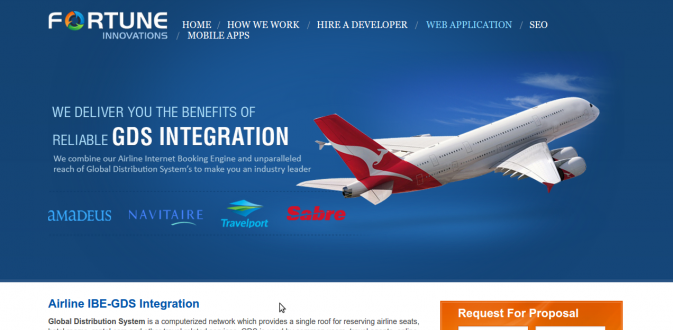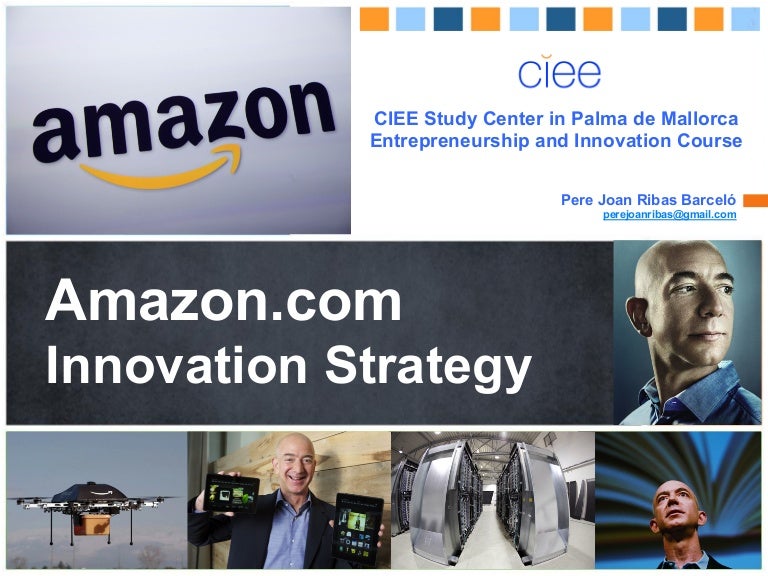
Speicher (04:10): Design is a way of seeing the world and shaping the world just like sciences. We all learned to think like a scientist, right? What does it mean to see the world like a scientist? We all learned something called the scientific method as a way of understanding how a scientist thinks and works and that can apply into so many different areas-that can apply in chemistry or physics or biology. Speicher (03:35): Someday we could do a whole session on like, why Post-its became the icon of design thinking but of course, it’s not limited to Post-its, right? I think that sometimes it’s easier to understand it when you kind of equate it to, for instance, science and scientific thinking. Murray (03:26): I thought it was Post-it notes. You know, what is this and how can it help me? Design thinking is one of those words, I think, that everyone’s like, wait, I’m intrigued. Speicher (03:15): Yeah, so we can go a little deeper on that.



I think you started to touch on them in your introductory remarks. But maybe we could just continue on with what you started with because I feel like design thinking and even innovation are terms that we throw around without even being quite sure that we understand what they are. McGirt (02:47): I’m very curious about your transition to CEO which happened right before the world shut down and some of the ways you imagined working within IDEO and then reimagined and redesigned how you work with your clients. And yeah, if it isn’t a moment for design, I don’t know what is. It involves insight, involves imagination, synthesis, trying things out, learning, and iterating. Design is a really great way to innovate because what it’s about is looking at the world and saying how can we make it better by understanding people and their needs, engaging with people, asking people to co-design together the future? So what we’re really doing is saying what do we not yet know about how the world can be better and how can we go on a journey to make that better? And that involves empathy. It’s great to start by talking about design and IDEO and you know, the role that we play in the world is really to help organizations innovate. I love the setup here: You’re singing my song, Alan, about the moment that we’re in. It’s kind of like walk-on music, but it’s Alan. I love the energy you introduce Ellen with and I hope that next time I come back, Alan, I get a similar momentum. Sandy Speicher (01:40): Sure, but first, I’d love to say hi. She is the CEO of IDEO and, and Sandy, I think you should start by telling us what IDEO is and what it does, because that’s critical to the conversation. That’s what our guest today is a specialist in. We have a purpose revolution-what is business about? What is business for? We have a revolution in how we work-what does it mean if everybody leaves the office? And all of those things are creating the opportunity to redesign business from top to bottom.Īnd frankly, it requires a degree of creativity that most business leaders aren’t taught in business school if they don’t have it when they show up. And I also, you know, I just got off of a call with about a dozen CEOs who were talking about what an extraordinary moment in business we live in, that there are so many kind of revolutions going on at the same time. Murray (00:42): Yeah, I’m with you on that.

And I’m very excited about our conversation because I think there’s a lot of myths about the design world that need to be debunked.


 0 kommentar(er)
0 kommentar(er)
